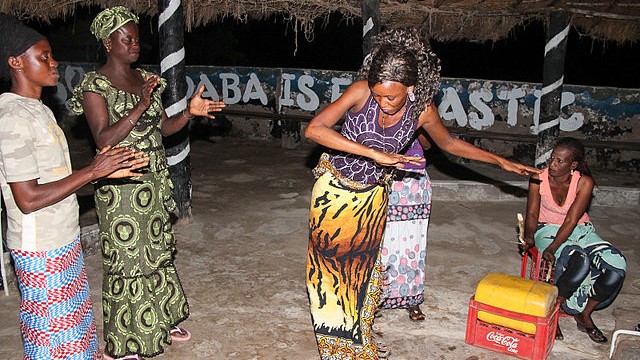In Gambia, music and dance are more than performance; they are the pulse of community life, woven into ceremonies, rituals, and celebrations that bind generations together. From village squares to urban cultural centers, rhythm carries stories of heritage, identity, and resilience in this small West African nation.
The country’s cultural landscape reflects the traditions of diverse ethnic groups, including the Mandinka, Wolof, Fula, and Jola. Each community has developed its own musical idioms and dance forms, yet all share a reliance on rhythm as a medium of expression and communication. Drums, koras, balafons, and flutes provide the foundation, accompanying movements that range from the solemn and ceremonial to the exuberant and communal.
At weddings, naming ceremonies, and seasonal festivals, these performances embody far more than entertainment. They serve as social texts—retelling history, imparting moral lessons, and celebrating continuity. The performers, often trained from childhood, act as custodians of collective memory, ensuring that traditions endure even as modern influences reshape daily life.
Among the most striking displays is the Kankurang Festival, observed primarily by the Mandinka. Masked dancers, their identities concealed by raffia and vibrant costumes, emerge to the sound of drumming that reverberates through the night air. The ritual, recognized by UNESCO as an intangible cultural heritage, is rooted in themes of protection, initiation, and moral order. Its spectacle of movement and sound conveys lessons about community responsibility, while also captivating audiences with its sheer intensity.
In recent years, opportunities to engage with these traditions have expanded beyond observation. Dance classes and drumming workshops in towns such as Serekunda and Banjul invite visitors and locals alike to participate, guided by instructors who view teaching as both cultural preservation and livelihood. Though the first steps or beats may feel hesitant, the process often transforms into an immersion in rhythm that underscores the link between art and identity.
Performance spaces across the country—small taverns, open-air venues, and cultural centers—offer platforms for musicians and dancers to showcase their skills. In these settings, traditional art forms often mingle with contemporary influences, highlighting a cultural scene that is both rooted and evolving. Local artisans craft the instruments used in these performances, their work extending the life of traditions that remain central to Gambian society.
Equally integral is the role of the griot, or traditional storyteller. Through music, poetry, and narrative, griots preserve genealogies and recount the deeds of ancestors, ensuring continuity of cultural knowledge. Their performances, often accompanied by the kora, blend history with artistry, reminding audiences that storytelling in The Gambia is both education and art form.
Music and dance in The Gambia are not confined to stages or festivals; they inhabit the everyday, forming a language of belonging and identity. In moments of celebration and remembrance, rhythm carries the weight of history while affirming the vitality of the present. For a nation small in geography but immense in cultural depth, this living tradition remains one of its most enduring treasures.


